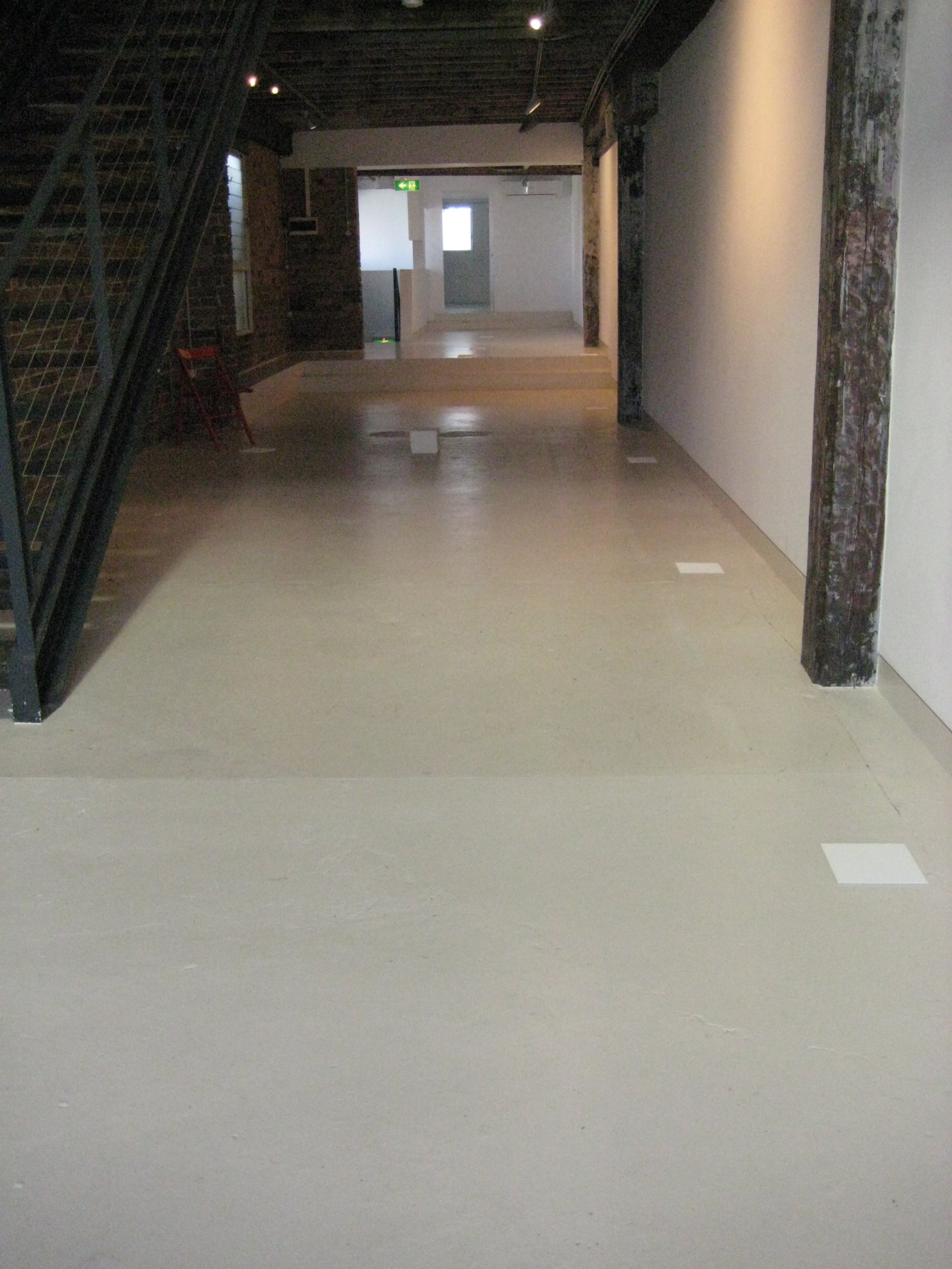Reading to the Empty Space–
(from exhibition Points of Departure) 2012
The installation begins with a reading to the empty space from El Iskandariya — Alexandria, a story about the search for home and the nature of belonging.
This is done with the knowledge that those who will hear this reading will be some distance away, in another city, another country (the work was made in the knowledge that a video and other material would be sent to the Documentation Festival in Lodz). It then becomes a kind of displaced reading - so the emptiness of the space isn't emptiness, it contains a voice that seeks to connect to the space around it and there is a listener, but the listener is distanced just as we are when we leave home or are dispersed, then the voices that we carry within us seem themselves far away. Fragments from the novel are read at particular points in the space. This is the first gesture, a way of breaking the anonymity of the place, which has its own character and feeling. in the hope that a relationship may begin. Each place where a reading occurs is then marked with a white square, which in turn signals the site for a work to be installed.
In this way the act of reading gives the writing physicality as well as providing a structure for installing the works which now have a specific location. This installation seeks to extend the concept of mapping from the two-dimensional wall to three-dimensional space - the space through in which we exist. These works are largely concerned with perception and seeing in space; altering the space so that it becomes a vehicle for looking - through things, through shapes. Each of the pieces are connected not by their form but by the transitory way in which they exist - with or without light, pinned to the wall or simply placed on a shelf. They have about them a sense of the ephemeral. In this instance some involve a light of a particular kind - a neon, a fluorescent tube, a candle, a projected image - each illuminating aspects of the work. The novel, too, is about things seen and unseen.
The linearity of the long narrow gallery lends itself to a narrative. One enters from a crowded main road through a glass door at the front of the building and from there it is possible to see past the strong vertical beams regularly placed that themselves create a rhythm, through to the quiet vistas of the slatted window at the far end. This long view suggests a metaphor, a journey with a point in the distance like a receding horizon to which one is inevitably drawn. In this instance the architecture provides a starting point for installing the first work. which is a 'window' comprised of a sheet of paper with a rectangle cut out of its centre, and placed in the archway a little beyond the stairs, where there might previously have been a wall. A second paper window is situated some feet away. It renders the space in between tangible and creates a double frame in both directions. During the day the light shifts across the adjacent wall whose emptiness glows white contributing to the feeling of a volume, a cubed space with its own presence rather than a simple passageway.
The window in the archway is made of paper rather than wood or some other construction material. This makes it closer to a kind of thinking process, drawing in space, and drawing for me is very like writing; not only is writing a line that takes up different shapes that become words but drawing is also something which articulates and connects points in space and points on a surface, very much the way ones seeks to move from one place to another or from one thought to another.





